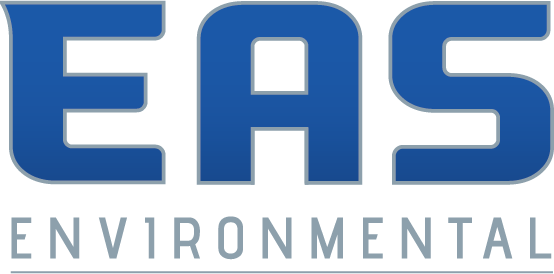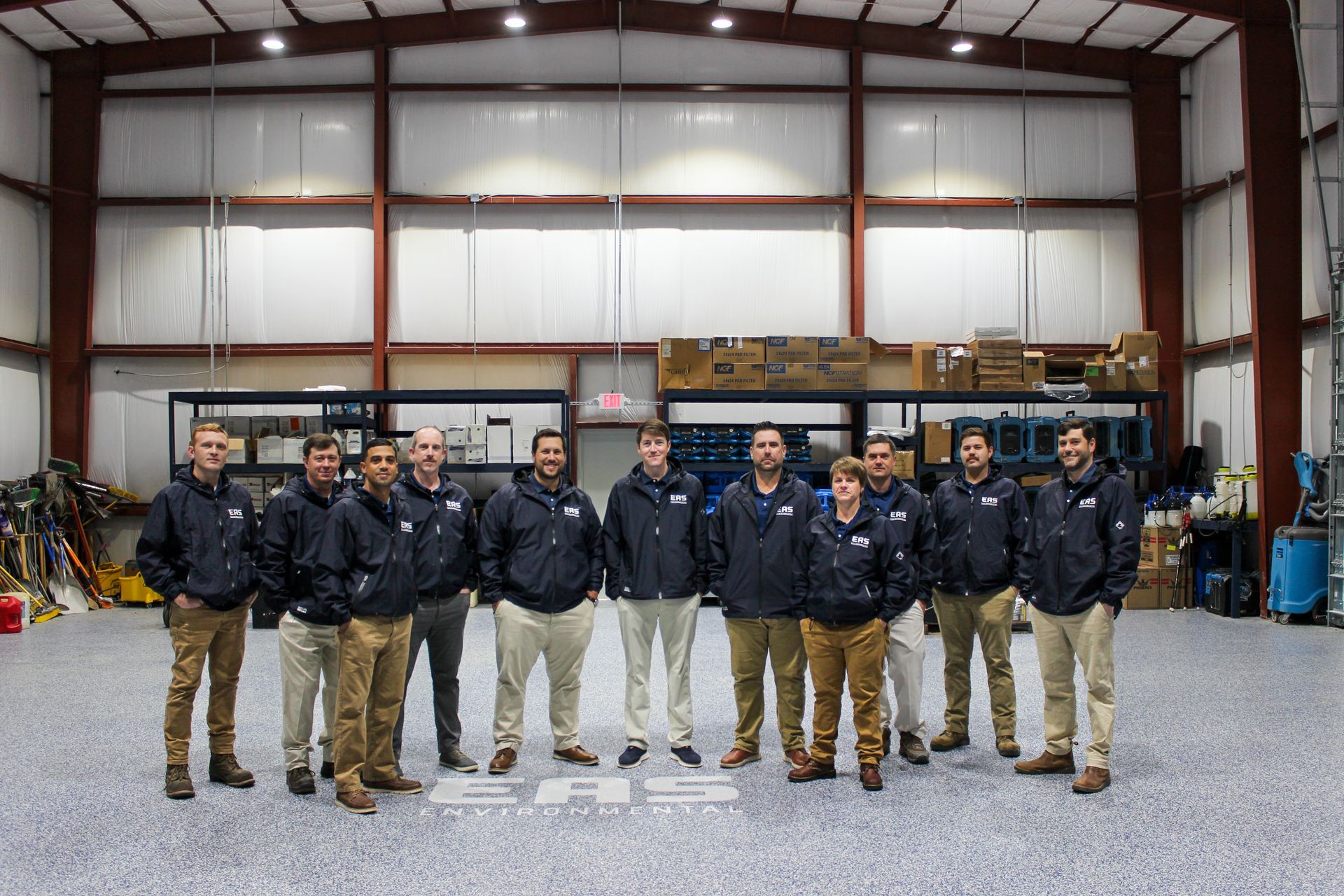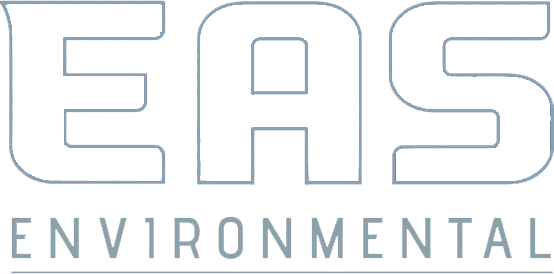
Are you wondering if crawl space encapsulation is truly necessary for your home? It's time to unveil the truth and shed light on this topic. In this blog post, we'll explore the reasons why crawl space encapsulation is indeed a crucial step in maintaining a healthy, efficient, and structurally sound home. By debunking myths and presenting compelling evidence, we'll help you make an informed decision about whether crawl space encapsulation is necessary for your specific circumstances.
Benefits of Crawl Space Encapsulation
Crawl space encapsulation offers a range of benefits that can greatly improve the overall condition and livability of your home. Firstly, encapsulation helps control moisture levels in the crawl space. By sealing off the area and installing a vapor barrier, you prevent excess moisture from entering, reducing the risk of mold growth, wood rot, and structural damage. This ensures a healthier living environment and safeguards the integrity of your home's foundation.
Another significant benefit of crawl space encapsulation is
improved energy efficiency. By insulating the walls and sealing any air leaks, you create a thermal barrier that prevents heat loss during winter months and heat gain during summer months. This helps regulate the temperature in your home, reduces the workload on your heating and cooling systems, and can lead to potential savings on energy bills. Additionally, enhanced energy efficiency contributes to a more comfortable living space, with fewer drafts and temperature fluctuations.
In summary, crawl space encapsulation offers advantages such as moisture control, prevention of mold growth and structural damage, improved indoor air quality, and enhanced energy efficiency. By investing in crawl space encapsulation, you can create a healthier, more comfortable, and cost-effective living environment for you and your family.
Alternatives to Crawl Space Encapsulation
While crawl space encapsulation is a widely recommended solution for addressing moisture issues, it's important to explore alternative options that may better suit your specific needs. Here are a few alternatives worth considering:
Crawl Space Ventilation: Rather than encapsulating the crawl space, some homeowners choose to improve ventilation in the area. This involves the installation of vents or fans to increase airflow and reduce moisture levels. While this approach can be effective in certain climates, it may not provide the same level of moisture control and insulation benefits as encapsulation.
Crawl Space Waterproofing: If water intrusion is your primary concern, crawl space waterproofing may be a suitable alternative. This involves sealing the crawl space walls and floor with waterproof coatings or materials to prevent moisture from entering. Waterproofing solutions can effectively address specific water-related issues but may not provide the comprehensive moisture control and insulation benefits of encapsulation.
Before making a decision, it's recommended to consult with professionals who can assess your specific crawl space conditions and guide you towards the most appropriate alternative solution for your home. They can evaluate factors such as climate, existing issues, and budget to help you make an informed decision that addresses your specific needs while ensuring a healthier and more comfortable living environment.
Evaluating the Cost-Effectiveness of Crawl Space Encapsulation
When considering crawl space encapsulation, it's essential to evaluate the cost-effectiveness of this investment. While the upfront cost of encapsulation may seem daunting, it's important to consider the long-term benefits that can outweigh the initial expenses.
One significant aspect to consider is the potential savings on energy bills. Crawl space encapsulation helps improve energy efficiency by reducing heat loss in winter and heat gain in summer. This means that your heating and cooling systems won't have to work as hard to maintain comfortable temperatures, resulting in lower energy consumption and reduced utility costs over time.
Additionally, crawl space encapsulation can help prevent costly structural damage. By controlling moisture levels and preventing mold growth, you can avoid the expenses associated with mold remediation, wood rot repairs, and potential foundation issues. The upfront investment in encapsulation can save you from more extensive and costly repairs down the line.
In conclusion, while crawl space encapsulation may have an initial cost, it can be a highly cost-effective solution in the long run. The energy savings and prevention of potential damages make it a worthwhile investment. By considering the long-term benefits and potential cost savings, you can make an informed decision about whether crawl space encapsulation is a financially sound choice for your home.
FAQs
-
Is crawl space encapsulation necessary for all homes?
This question addresses the applicability of crawl space encapsulation to different homes. It allows readers to understand if encapsulation is a universal requirement or if there are specific conditions or factors that make it more necessary for some homes than others.
-
What are the potential consequences of not encapsulating a crawl space?
This question explores the potential drawbacks or issues that may arise from neglecting crawl space encapsulation. It helps readers understand the risks of not taking this step and how it may impact the structural integrity, indoor air quality, or energy efficiency of their homes.
-
How does crawl space encapsulation contribute to indoor air quality?
This question focuses on the connection between crawl space encapsulation and indoor air quality. It helps readers understand how encapsulation can prevent mold growth, reduce allergens, and improve overall air quality, promoting a healthier living environment.
-
Are there any alternatives to crawl space encapsulation that provide similar benefits?
This question addresses the possibility of alternative solutions that can achieve similar outcomes as crawl space encapsulation. It helps readers explore other options and weigh the pros and cons before making a decision.
-
How can I determine if crawl space encapsulation is necessary for my home?
This question guides readers in assessing their specific circumstances to determine if crawl space encapsulation is necessary. It may cover factors such as climate, crawl space conditions, existing issues, and personal preferences, enabling homeowners to make an informed decision based on their unique situation.
Contact EAS Environmental Today!
EAS Environmental will do everything we can to ensure your experience with us is excellent.
Request A FREE Estimate
Request a Free Estimate Form
We will get back to you as soon as possible.
Please try again later.
Checkout Recent Post
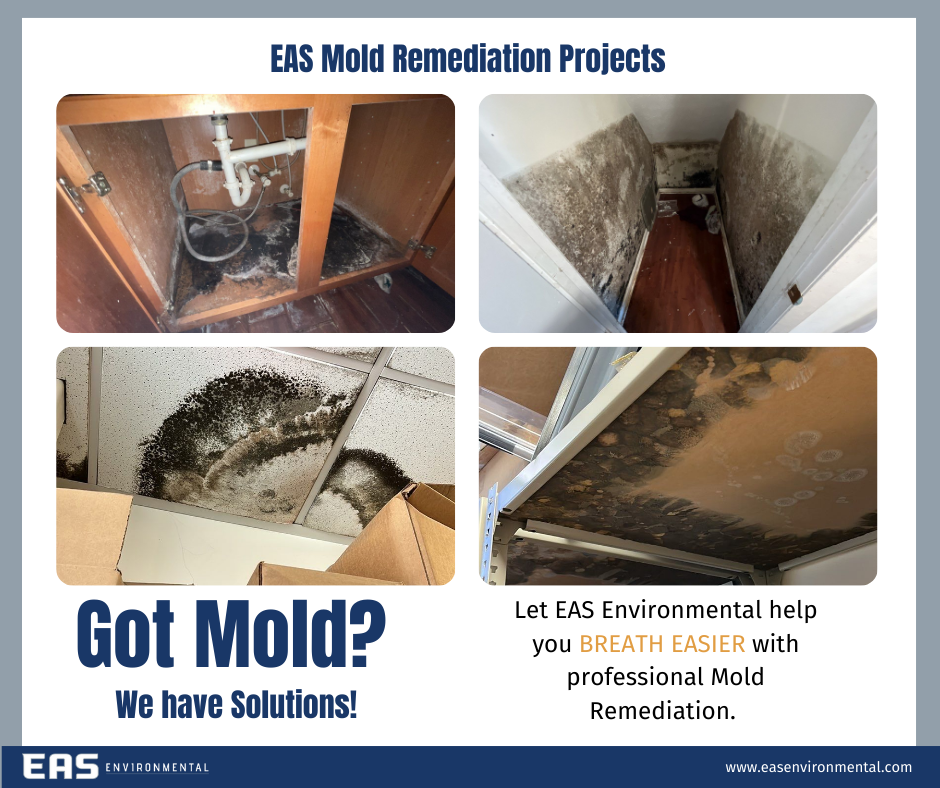
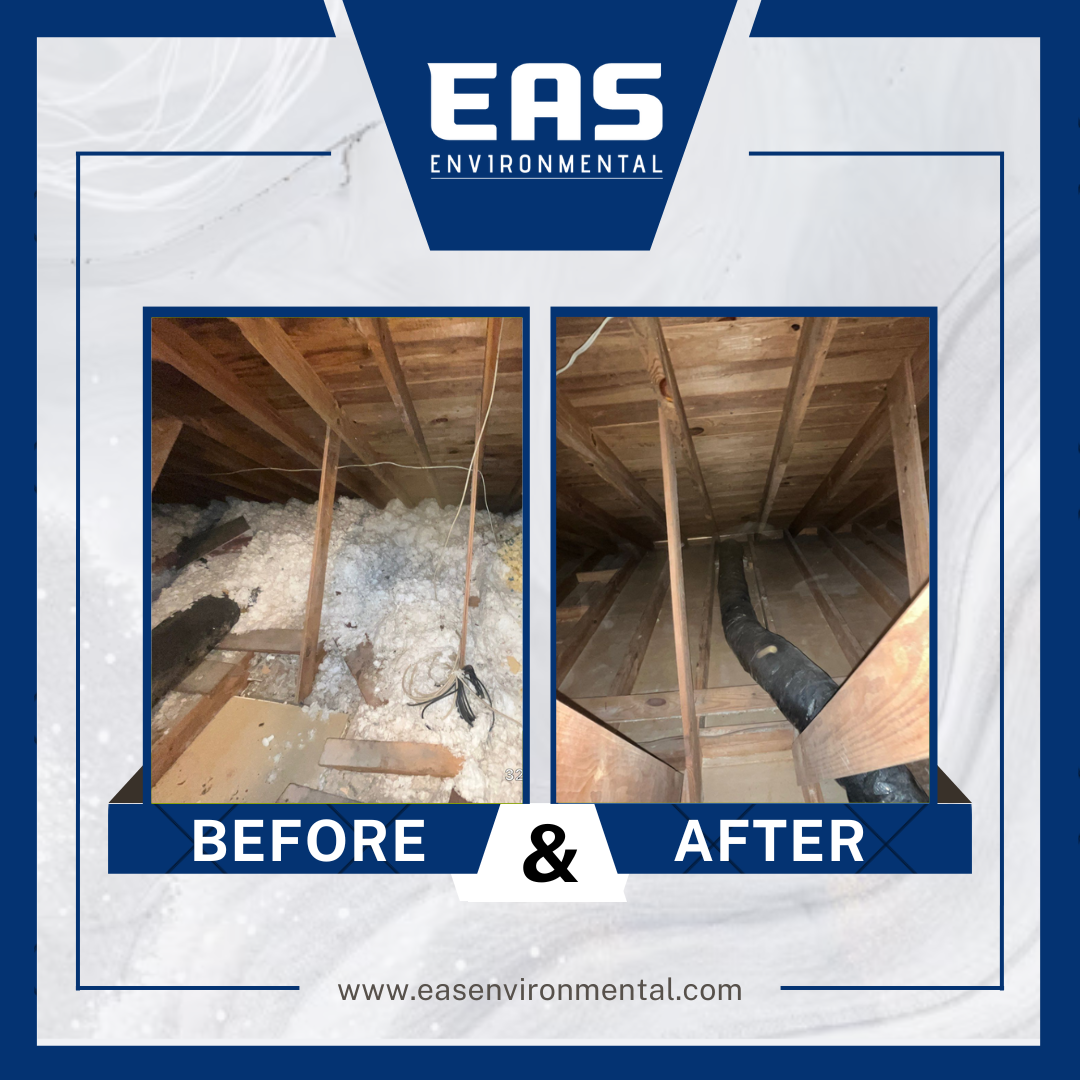

Got a Question? We’re Here to Help.
You can arrange an appointment or make an enquiry by phone or email, orget in touch to us via our contact form.
EAS Environmental is a specialty asbestos and lead abatement and demolition company that service the state of South Carolina.
CONTACT INFORMATION
Phone: 843-977-3273
Email: sturner@easenvironmental.com
Address: 125 Bud Lane Ladson, SC 29486
All Rights Reserved | EAS Environment
Privacy Policy | Terms & Conditions | Sitemap
